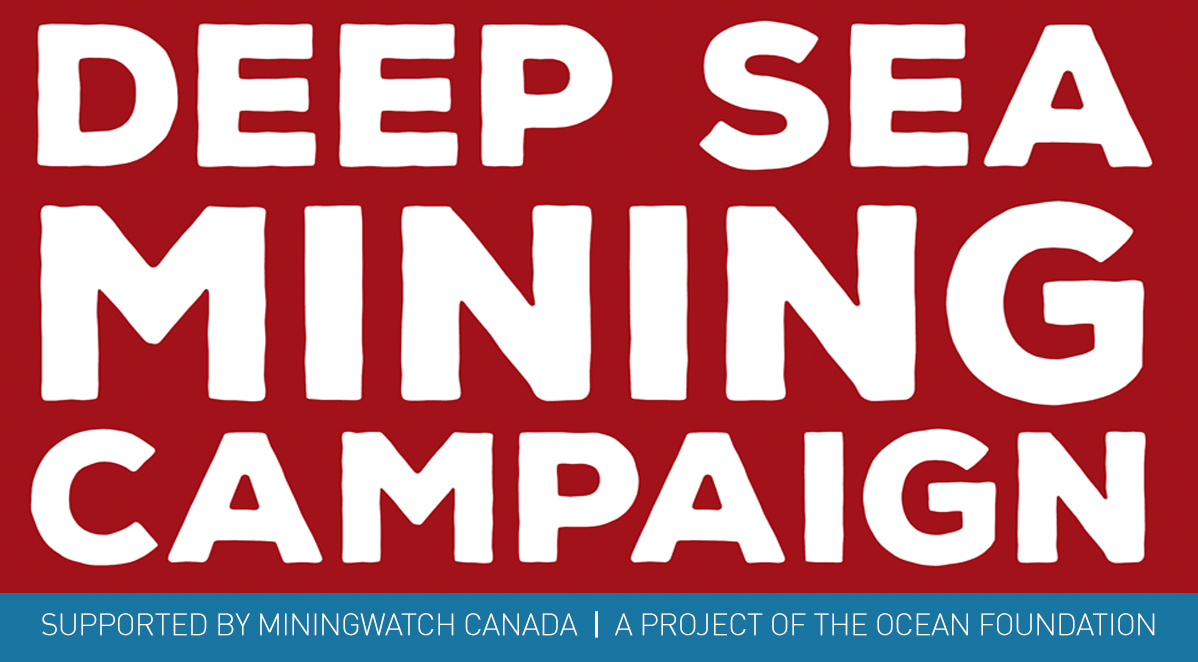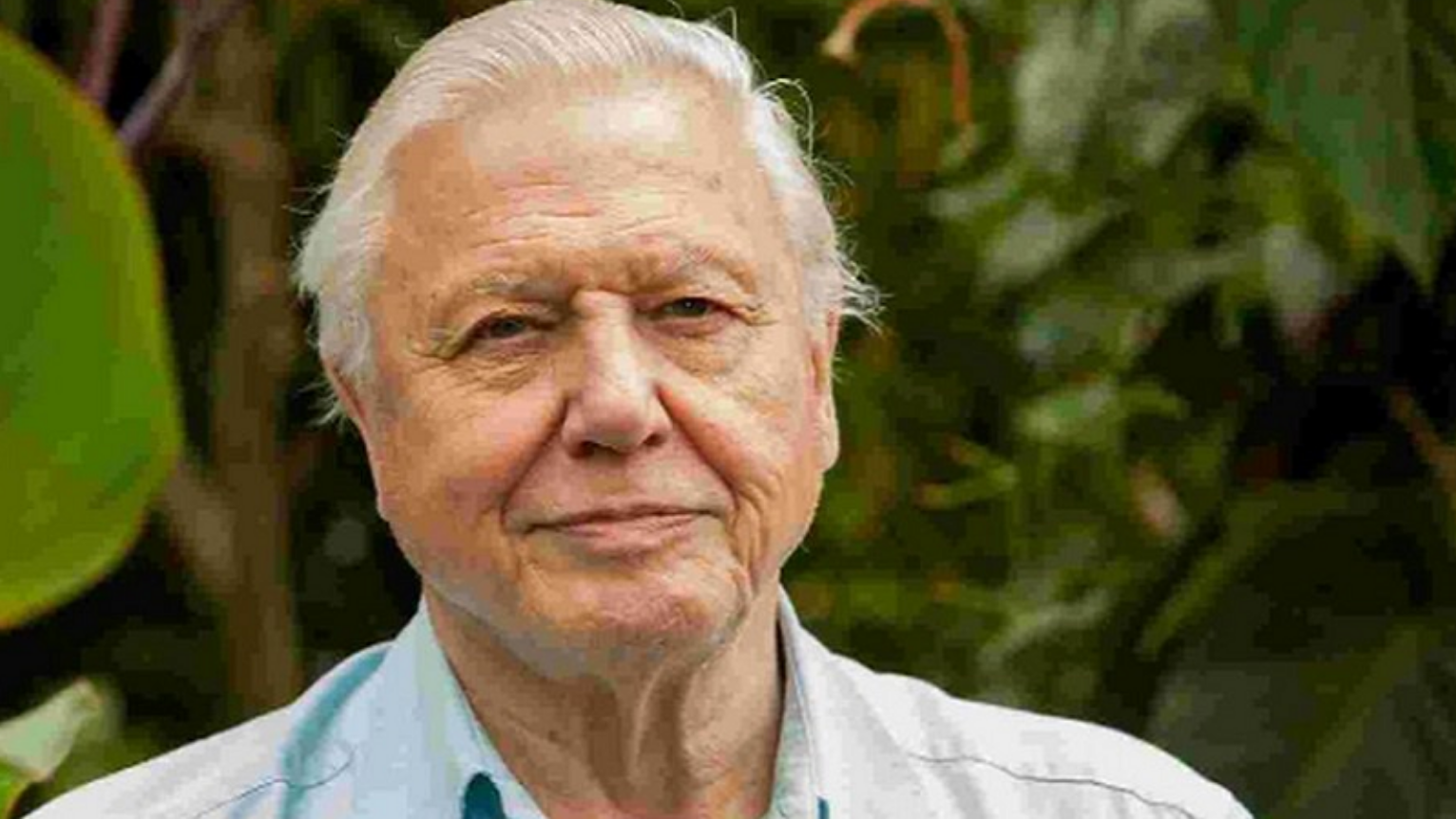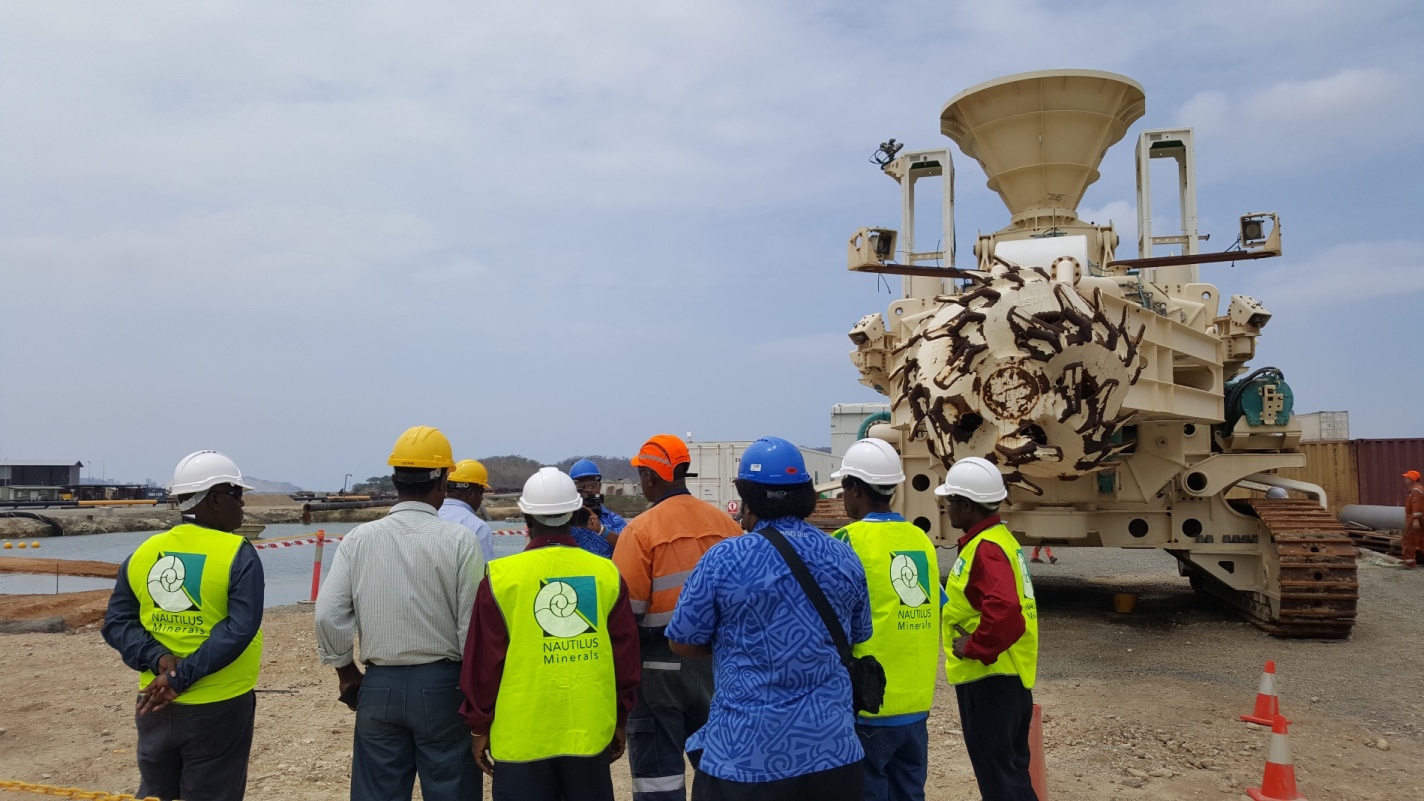See original release from the Deep Sea Mining Campaign
Affected communities have launched legal proceedings in a bid to obtain key documents that would reveal to them and all Papua New Guineans whether the controversial “Solwara 1” deep sea mining project was approved lawfully.[1]
Furthermore, due to deficiencies in the Solwara 1 Environmental Impact Statement, they are seeking information that would help them to clearly understand the potential environmental, health and economic impacts of the project.
In a last-ditch bid to rescue the project, the two largest shareholders of Nautilus Minerals, Russian mining company Metalloinvest and Omani conglomerate MB Holdings, formed a new company in October whose sole job is to secure funding for the project by October 31st.[2]
Dr. Helen Rosenbaum of the Deep Sea Mining campaign stated that “Nautilus’ financing strategy for Solwara 1 has been spectacularly unsuccessful. Commercial operation has been delayed year after year since it received its licence to mine the floor of Papua New Guinea’s Bismarck Sea in 2011.
Questions are now being raised on the floor of Papua New Guinean Parliament about the Government’s 15% stake in the project statement with the shadow treasurer describing this as a foolhardy investment for a country facing its worst foreign exchange crisis since 1994.”
“The information uncovered through the legal proceedings will no doubt raise further questions about the processes by which the project received its operating licence.”
“The fact that Nautilus has been not been able to meet its funding requirements suggests that financial institutions are rightly cautious of this speculative venture[3] and have not been willing to give Nautilus the funds it so desperately needs.”, continued Dr. Rosenbaum.
“Local communities in PNG have demonstrated their strong opposition to Solwara 1 since the project was proposed. The current legal action adds further risk for potential investors and financiers to what is already a risky project.”
For further information:
Helen Rosenbaum, Deep Sea Mining Campaign (AUSTRALIA)
hrose[at]vic.chariot.net.au, +61 413201793
Notes
[1] If it proceeds the Solwara 1 mine will be located in the Bismarck Sea of Papua New Guinea, approximately 25 km from the coastline of New Ireland Province, about 35 km from Duke of York Islands and 60 km from Kokopo township in East New Britain.
[2] Nautilus announced on 11 October the formation of Deep Sea Mining Finance Ltd. (“DSMF“) which will seek to leverage the international expertise and financial relationships of Nautilus’ two major shareholders to assist in advancing the development of the Company’s Solwara 1 Project.
[3] See sections on Risk factors in Annual information forms for financial years 2015 and 2016. For example:
“Our operations are speculative due to the high-risk nature of business related to the exploration and acquisition of rights to potential mineable deposits of metals. These risk factors could materially affect the Company’s future results and could cause actual events to differ materially from those described in forward-looking statements relating to our Company.” (FY 2016, p 52)
“… Performance, availability, reliability, maintenance, wear and life of equipment are unknown. There can be no guarantee that sub-sea engineering and recovery systems can be developed or if developed, will be employable in a commercially-viable manner.” (FY 2015, p54)
“… while Company studies have indicated a low likelihood of risk to the aquatic environment from mining activities, the actual impact of any SMS [seafloor massive sulphide] mining operations on the environment has yet to be determined.” (FY 2015, p61)
“Nautilus has not completed and does not intend to complete a preliminary economic assessment, pre-feasibility study or feasibility study before completing the construction and first deployment of the Seafloor Production System at the Solwara 1 Project.”
“No independent Qualified Person has confirmed the amount of these costs or recommended that these costs be incurred. There is significant risk with this approach and no assurance can be given that the Seafloor Production System, if fully funded and completed for deployment at the Solwara 1 Project, will successfully demonstrate that seafloor resource development is commercially viable.” (FY 15, p52)



